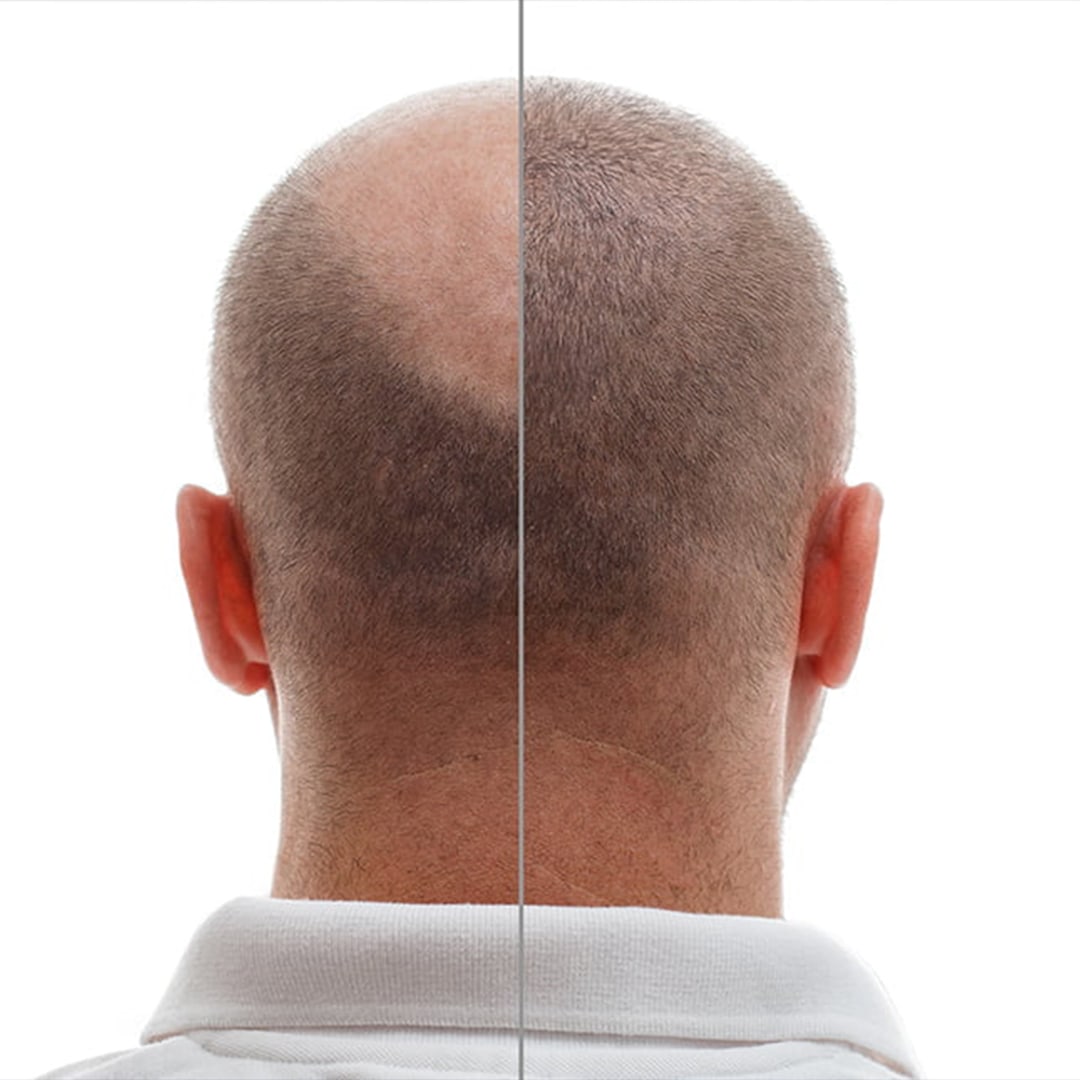What are the DHI Hair Transplant Stages?
Hair loss can be a distressing experience, affecting self-esteem and confidence. Fortunately, advancements in the field of hair restoration have led to more effective and less invasive procedures, such as DHI hair transplantation. DHI is a cutting-edge technique that offers natural-looking and long-lasting results. Let's explore the stages of a DHI hair transplant to help you better understand this procedure.
1. Consultation and Assessment:
The journey towards a successful DHI hair transplant begins with a consultation. During this stage, you'll meet with a skilled hair transplant specialist who will evaluate your hair loss condition. They will assess your hair type, the extent of hair loss, and your overall health to determine if you are a suitable candidate for DHI.
2. Planning and Design:
Once you're deemed a good candidate, the next step is planning and designing your hairline. The specialist will work with you to create a customized hair restoration plan that takes into account your facial features and desired look. This step is crucial for achieving natural results that enhance your appearance.
3. Hair Extraction:
In the DHI technique, a special tool called a Choi pen is used for hair extraction. Unlike traditional FUE (Follicular Unit Extraction), DHI involves extracting hair follicles directly from the donor area without the need for incisions or sutures. This minimizes scarring and discomfort.
4. Implantation:
The Choi pen is also used for hair implantation, making tiny incisions and placing hair follicles in a precise and controlled manner. The key advantage of DHI is that it allows for immediate implantation after extraction, reducing the time that follicles are outside the body. This promotes higher graft survival rates.
5. Post-Procedure Care:
After the DHI hair transplant, you'll receive instructions on how to care for your newly implanted hair follicles. This typically includes gentle washing, avoiding sun exposure, and refraining from strenuous activities for a short period to allow for proper healing.
6. Follow-up and Growth:
Over the next few weeks and months, you'll notice the transplanted hair gradually growing. Patience is essential as hair growth is a gradual process. Your hair transplant specialist will schedule follow-up appointments to monitor progress and address any concerns.
7. Enjoying the Results:
With time and proper care, you'll begin to see the full results of your DHI hair transplant. The newly implanted hair will blend seamlessly with your existing hair, providing a natural and fuller appearance. This can significantly boost your confidence and quality of life.
In conclusion, a DHI hair transplant involves several stages, from initial consultation and planning to the final result. This advanced technique offers a minimally invasive way to combat hair loss and restore your natural hairline. If you're considering a DHI hair transplant, consult with a qualified specialist to discuss your options and embark on your journey to renewed confidence and self-esteem.


